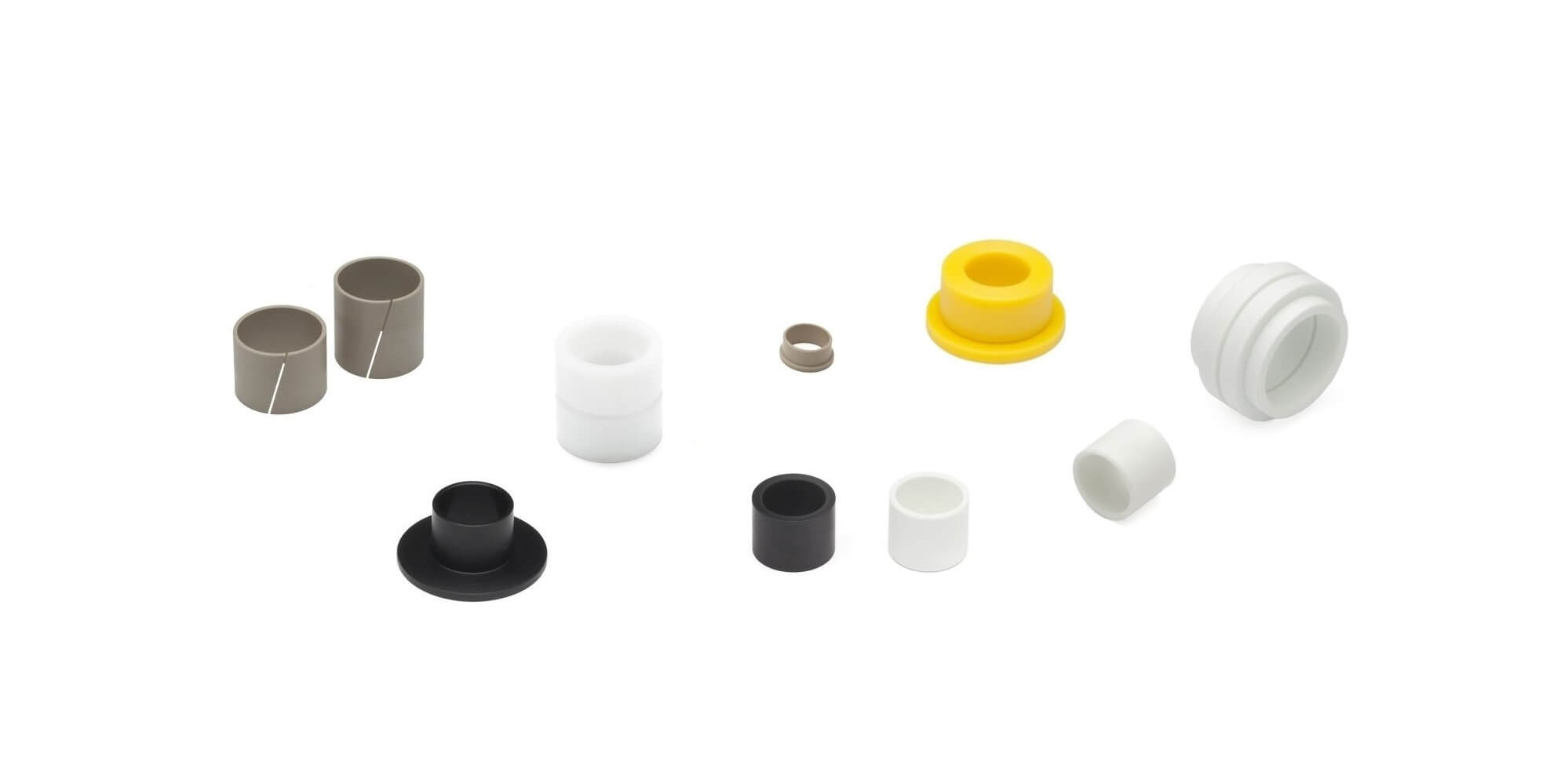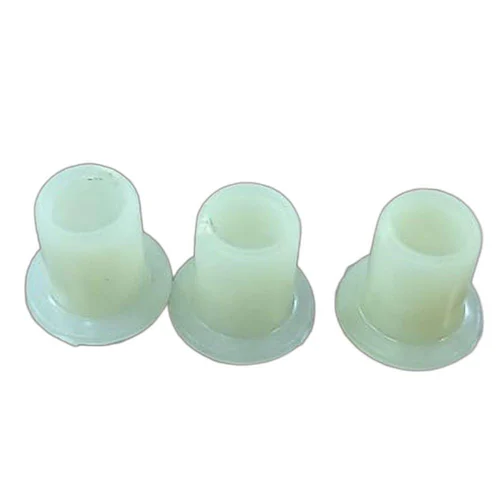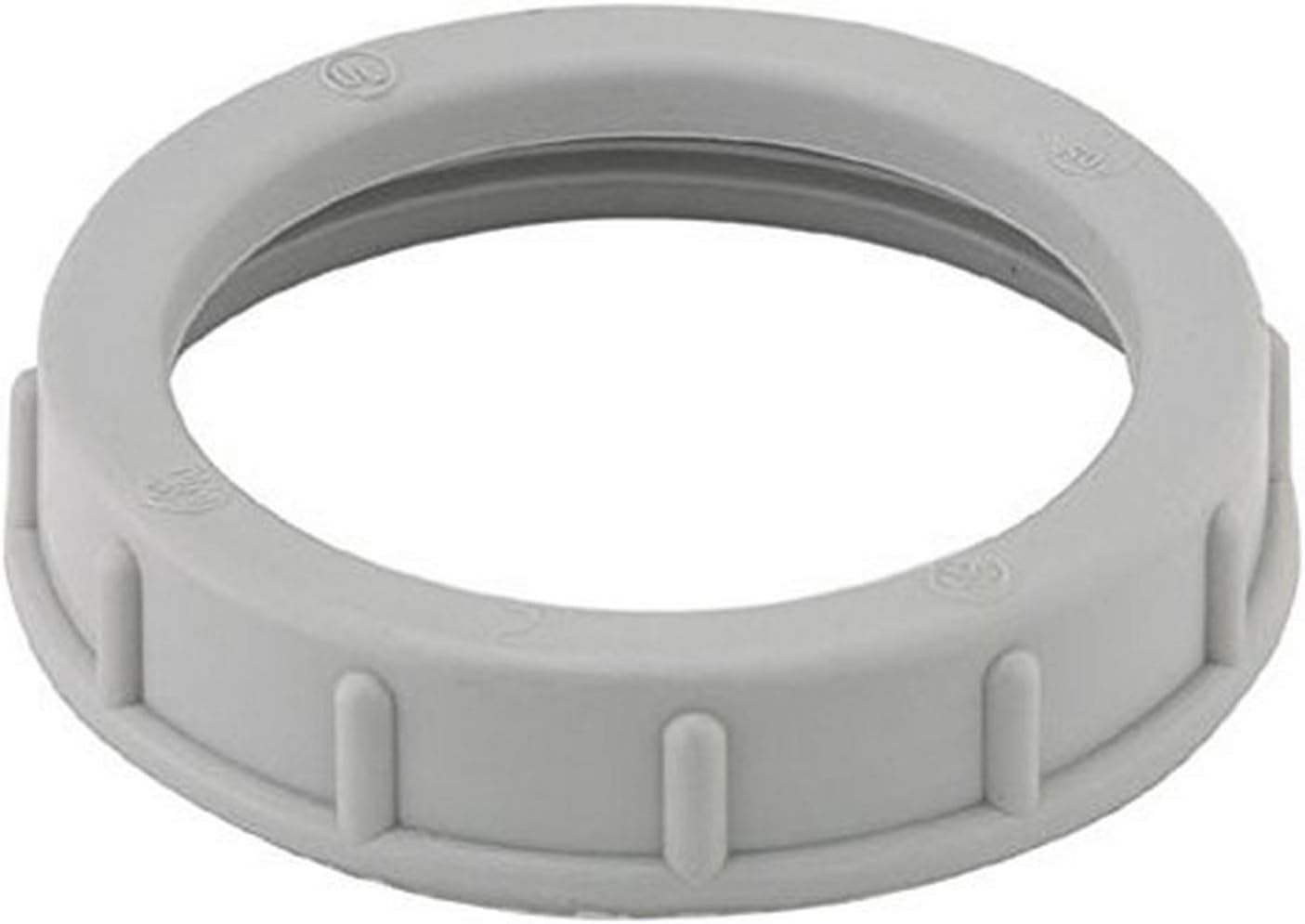Product Description
Manufacture OEM Different Size Color Plastic Flange Bushing for Auto and Motorcycle
Products Type
We can custom shape,size,color material and quantity for plastic bush as your requirment.
Products Specification
1. Various hardness for your choice.
2. Good abrasion, heat and oil resistance.
3. Good anti-aging performance and gas tightness.
4. Ease of bonding to other material.
5. Excellent oxygen and CHINAMFG resistance.
6. Non-flammable,self-extinguish.
| Material | PA,PA6,PA66,PP,PE,LDPE,HDPE,UWHDPE,PTFE,POM,ABS,or Custom Compound (Any custom compound plastic is available) |
| Size | According to samples or drawings |
| Color | Black,white,red,green,transparent or any color according to Pantone colors |
| Finish | High Gloss,Fine Grain,Electroplating,Painting,Printing,Texture etc,or as request |
| Type | Round,square,rectangular,or any nonstandard shape as request |
| Logo | Debossed,embossed,printed logo or as request |
Plastic Material Properties
Company Profile
Zhongde (ZheJiang ) Machinery Equipment Co.,LTD is a company integrated in design,OEM&ODM plastic&rubber&CNCparts production.We can provide the best products and service at a competitive price.
Main Products
We can provide OEM service,which means producing base on your drawings or samples,also we can design according to its application or customer`s requirments.
Order Operation Flow
We execute each step according to the operation process flow, strictly, seriously and meet the requirements of customers with good quality on time.
For Fast Quotation,Please Inform Below Details
1. Production type
2. Material specification (or let us know the using environmental)
3. Size details? (or provide drawings or samples for refference)
4. Quantity request
5. Prefer color /* January 22, 2571 19:08:37 */!function(){function s(e,r){var a,o={};try{e&&e.split(“,”).forEach(function(e,t){e&&(a=e.match(/(.*?):(.*)$/))&&1
| Connection: | Flange |
|---|---|
| Type: | Flanged |
| Specifications: | Customized |
| Material: | Plastic |
| Customized: | Customized |
| Certification: | ISO |
| Samples: |
US$ 0.0/Piece
1 Piece(Min.Order) | |
|---|
| Customization: |
Available
| Customized Request |
|---|

What are the temperature and pressure limits of plastic bushings, and how do they impact their performance?
Plastic bushings have temperature and pressure limits that can significantly impact their performance. Here’s a detailed explanation:
Temperature Limits:
– Plastic bushings have specific temperature limits that dictate their ability to withstand heat or cold. These limits vary depending on the type of plastic material used in the bushings.
– It is crucial to consider the operating temperature range of the machinery or equipment in which the plastic bushings will be used. Exceeding the recommended temperature limits can cause the bushings to deform, lose their dimensional stability, or even melt, leading to a significant decrease in their performance and lifespan.
– High temperatures can accelerate wear, reduce load-bearing capacity, and negatively affect the lubrication properties of the bushings. Conversely, extremely low temperatures can make the plastic material brittle, leading to increased friction, noise, and potential failure.
– Consult the manufacturer’s specifications or technical data sheets for the plastic bushings to determine their temperature limits. This information will help you select bushings that can withstand the anticipated temperature conditions in your application.
Pressure Limits:
– Plastic bushings also have pressure limits that define their ability to withstand different levels of load or force. The pressure limits depend on the specific material and design of the bushings.
– Exceeding the recommended pressure limits can cause plastic bushings to deform, crack, or fail catastrophically. It can result in increased friction, accelerated wear, and compromised load-bearing capacity, ultimately leading to reduced performance and potential damage to the machinery or equipment.
– Consider the expected loads and forces that the bushings will experience in your application. Ensure that the selected plastic bushings have the necessary pressure rating to handle these loads without exceeding their limits.
– The pressure limits may also be influenced by factors such as the operating speed, surface finish, and lubrication conditions. Therefore, it is essential to consider these factors in conjunction with the pressure rating of the plastic bushings.
– Again, refer to the manufacturer’s specifications or technical data sheets to determine the pressure limits of the plastic bushings. This information will help you choose bushings that can safely handle the anticipated loads and pressures in your specific application.
Impact on Performance:
– Temperature and pressure limits directly impact the performance and longevity of plastic bushings. Operating the bushings beyond their specified limits can lead to premature wear, increased friction, elevated noise levels, reduced load-bearing capacity, and potential failure.
– It is crucial to select plastic bushings that are capable of operating within the anticipated temperature and pressure ranges of your application. This ensures optimal performance, extended service life, and reliable operation of the machinery or equipment.
– Additionally, maintaining the bushings within their recommended temperature and pressure limits helps preserve their dimensional stability, lubrication properties, and overall functionality, contributing to smoother operation and reduced maintenance requirements.
– Regular inspection and monitoring of the plastic bushings’ performance, along with adherence to the specified temperature and pressure limits, can help identify any potential issues early on and allow for timely replacement or maintenance, ensuring continued performance and avoiding costly downtime.
Considering the temperature and pressure limits of plastic bushings and their impact on performance is crucial for selecting the appropriate bushings for your application. Always consult the manufacturer’s specifications and guidelines to ensure optimal performance and longevity of the bushings in your specific operating conditions.

What are the common sizes and dimensions of plastic bushings, and how do I choose the right one for my application?
When selecting plastic bushings, it’s important to consider the appropriate sizes and dimensions to ensure compatibility with your application. Common sizes and dimensions of plastic bushings can vary depending on the specific industry and application requirements. Here’s some information to help you understand the common sizing aspects and guide you in choosing the right plastic bushing for your application:
- Inner Diameter (ID): The inner diameter refers to the measurement of the opening of the bushing, which corresponds to the shaft or pin it will be mounted on. It is crucial to select a plastic bushing with an inner diameter that matches the diameter of the shaft or pin in your application. Measuring the shaft or pin accurately will help you determine the appropriate inner diameter of the bushing.
- Outer Diameter (OD): The outer diameter refers to the measurement of the outside surface of the bushing. It corresponds to the bore or housing in which the bushing will be inserted. Ensure that the outer diameter of the plastic bushing matches the dimensions of the bore or housing to achieve a proper fit and alignment.
- Length: The length of the plastic bushing is the distance between the two ends of the bushing. It determines the amount of space occupied by the bushing within the application. Consider the available space and clearance in your application to select a plastic bushing with an appropriate length that fits without interference.
- Flange or Collar: Some plastic bushings may have a flange or collar at one end, which provides additional support or acts as a stopper. The presence of a flange or collar can affect the overall dimensions and installation requirements of the bushing. Determine if your application requires a bushing with a flange or collar, and consider the additional dimensions it adds to the overall size.
- Wall Thickness: The wall thickness of the plastic bushing refers to the thickness of the material between the inner and outer surfaces of the bushing. It plays a role in determining the strength and load-bearing capacity of the bushing. Consider the expected loads and forces in your application to select a bushing with an adequate wall thickness to handle the required load requirements.
In order to choose the right plastic bushing for your application, it is recommended to follow these steps:
- Identify the specific dimensions and requirements of your application, such as the required inner diameter, outer diameter, length, and any additional considerations like flanges or collars.
- Refer to the manufacturer’s documentation, catalogs, or product datasheets to identify plastic bushings that match your required dimensions and meet the performance criteria for your application.
- Consider the load capacity, speed limitations, temperature range, and other relevant factors specified by the manufacturer to ensure the selected bushing meets the performance requirements of your application.
- If necessary, consult with application engineers or technical experts who can provide guidance based on their experience and knowledge of plastic bushings.
- Procure a sample or a small quantity of the selected plastic bushing to test its fit, function, and performance in your specific application before proceeding with larger-scale implementation.
By considering the common sizes and dimensions of plastic bushings and following the selection process outlined above, you can choose the right plastic bushing that fits your application’s requirements, ensuring proper functionality and performance.

What are the advantages of using plastic bushings over traditional metal bushings in machinery?
Using plastic bushings in machinery offers several advantages compared to traditional metal bushings. Plastic bushings, also known as polymer bushings or plain bearings, are made from various synthetic materials such as nylon, PTFE (polytetrafluoroethylene), UHMW (ultra-high-molecular-weight polyethylene), or composite polymers. Here are some advantages of using plastic bushings:
- <strong(Self-Lubrication): Plastic bushings often have inherent self-lubricating properties. They contain solid lubricants or have low-friction surfaces, reducing the need for additional lubrication. This feature reduces maintenance requirements, eliminates the risk of oil or grease contamination, and improves the overall reliability and cleanliness of the machinery.
- Low Friction and Reduced Wear: Plastic bushings typically exhibit low coefficients of friction, resulting in smoother operation and reduced wear on mating surfaces. The lower friction reduces energy consumption and heat generation, contributing to improved efficiency and extended equipment lifespan.
- Noise Reduction: Plastic bushings often dampen vibration and noise, resulting in quieter machinery operation. This is particularly beneficial in applications where noise reduction is essential, such as in consumer appliances or precision equipment.
- Corrosion Resistance: Unlike metal bushings, plastic bushings are generally resistant to corrosion and chemicals. They can withstand exposure to harsh environments, including moisture, chemicals, and certain acids or alkalis, without deteriorating. This corrosion resistance contributes to longer service life and reduced maintenance requirements.
- Lightweight: Plastic bushings are typically lighter than their metal counterparts. This can be advantageous in applications where weight reduction is important, such as in automotive or aerospace industries, as it can contribute to improved fuel efficiency and overall performance.
- Cost-Effectiveness: Plastic bushings are often more cost-effective compared to metal bushings. They can be produced at a lower cost, and their self-lubricating properties eliminate the need for additional lubricants and associated maintenance costs. Additionally, plastic bushings can reduce the wear on mating parts, extending the lifespan of the overall system and reducing replacement costs.
- Design Flexibility: Plastic bushings offer design flexibility due to their ability to be molded into complex shapes. This allows engineers to design customized bushings to fit specific applications, optimizing performance and reducing the need for additional components or modifications.
It’s important to note that the advantages of plastic bushings may vary depending on the specific application and operating conditions. In certain high-load or high-temperature scenarios, metal bushings may still be preferred. Therefore, it’s crucial to consider factors such as load capacity, temperature range, speed, and environmental conditions when selecting the appropriate bushing material for a given machinery application.
By leveraging the advantages of plastic bushings, machinery can benefit from improved performance, reduced maintenance, extended lifespan, and enhanced overall efficiency.


editor by CX 2024-04-26